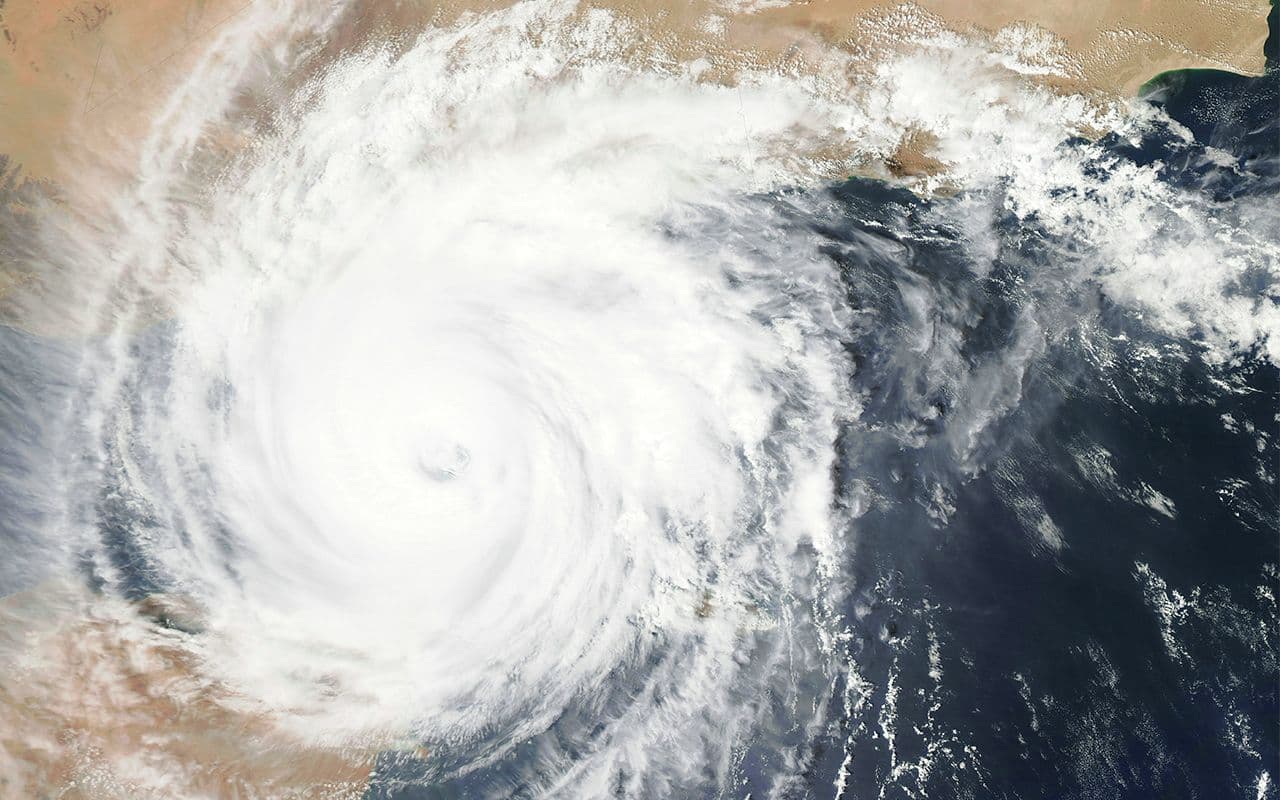
Lazarus Mamai
Marketing & Communications
Commodities


Lazarus Mamai
Marketing & Communications
On Wednesday, May 1, the East African coast faced Tropical Cyclone Hidaya, a severe weather event that originated in the Southwestern Indian Ocean. The cyclone served as a stark reminder of the vulnerability of global supply chains to natural disasters. Let's delve into the cyclone's development, its impact on the East African coastline, and the subsequent disruptions to shipping and commodity movement.
Hidaya's genesis can be traced to a low-pressure system that intensified over the warm waters of the Indian Ocean. Designated as a tropical cyclone by Meteo-France La Reunion, it reached peak wind speeds of 165 km/h, placing it within Category 1 on the Saffir-Simpson Hurricane Wind Scale.
The cyclone's initial target appeared to be the Kenyan coastline, prompting evacuations and heightened preparedness measures. However, its path shifted, leading it to land on Tanzania's Mafia Island instead. While this spared Kenya a direct hit, Tanzania wasn't as fortunate. The island witnessed heavy rainfall, strong winds, and significant damage to infrastructure and property.
The impact of Hidaya transcended the immediate devastation. Shipping in the region was severely hampered. Ports in Dar Es Salaam and Mombasa faced closures due to rough seas and high winds, leading to delays and disruptions in freight movement. Additionally, concerns surrounding damaged infrastructure led to temporary disruptions in the flow of goods like sugar, coffee, tea, and minerals, all crucial exports for East African nations. This, in turn, cascaded into potential shortfalls in delivering essential commodities like food and fuel.
Tanzania's Meteorological Authority confirmed the dissipation of Cyclone Hidaya, but the long-term effects are still being assessed. The resilience of East Africa's infrastructure and the efficiency with which shipping resumes will be crucial factors in determining the overall impact on commodity trade.
This event underscores the importance of incorporating weather risk management strategies into commodity trading operations. By proactively considering the potential disruptions caused by natural disasters, traders can mitigate risks and ensure a more stable supply chain.